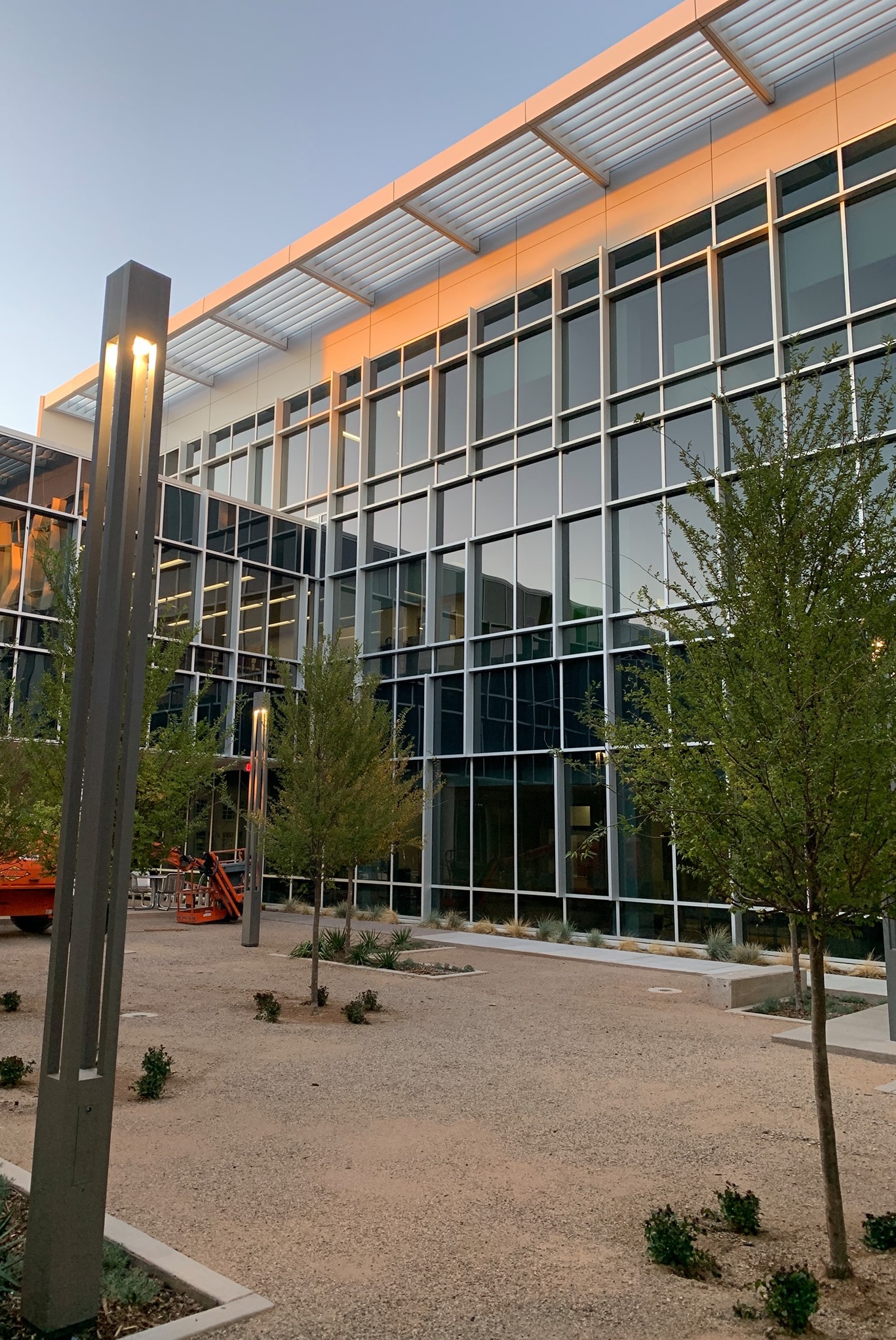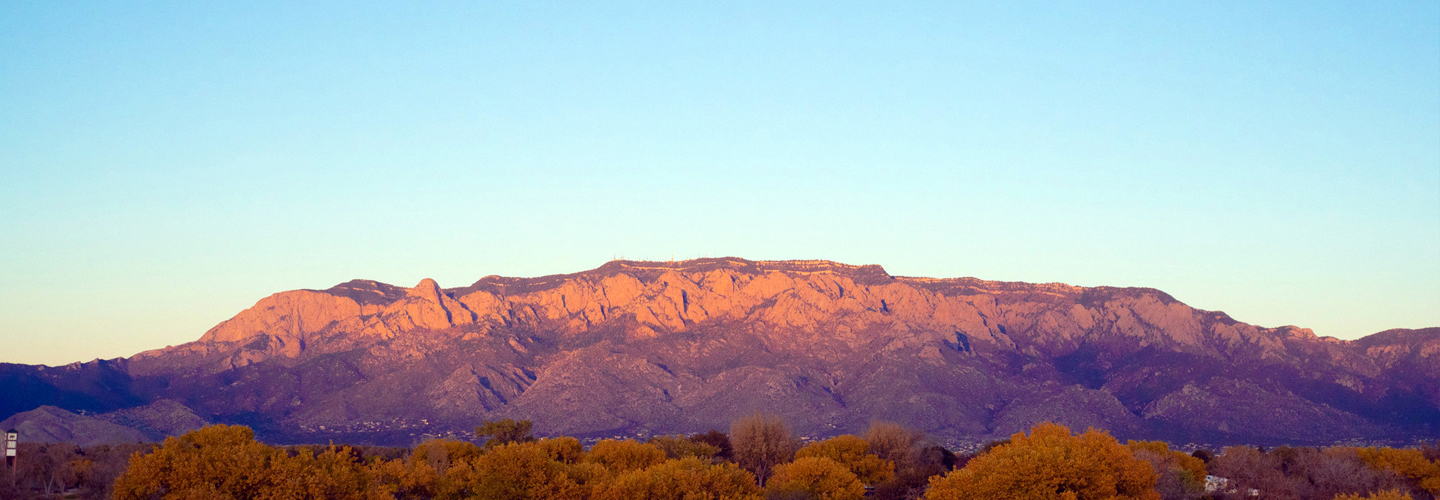8th Annual CHANG-ES Meeting

*DUE TO THE SPREAD OF COVID-19, WE WILL HAVE REMOTE TALKS INSTEAD OF AN IN-PERSON MEETING.*
The eighth annual CHANG-ES consortium meeting will take place on July 20th-31st, 2020 in Albuquerque, New Mexico with invited talks on the week of July 20th-24th and CHANG-ES member talks plus collaborative discussion sessions during the following week.
We will have talks by CHANG-ES members and invited speakers throughout the week at the University of New Mexico in our brand new PAÍS building.
Local Organizing Committee: Richard Rand (UNM) & Tim Braun (UNM)
Science Organizing Committee: Judith Irwin (Queens U.), Richard Henriksen (Queens U.), Marita Krause (MPIfRA), Rene Walterbos (NMSU), Theresa Wiegert (Queens U.), Richard Rand (UNM), and Tim Braun (UNM)
Welcome to the Land of Enchantment!
What is CHANG-ES?
CHANG-ES (Continuum HAlos in Nearby Galaxies -- an EVLA Survey) is a survey of 35 nearby edge-on galaxies observed with the Karl G. Jansky Very Large Array at 1.4 GHz (L-band) and 6 GHz (C-band).
Follow-up single-dish observations were taken with the Robert C. Byrd Green Bank Telescope as well as other follow-up multiwavelength observations (optical, radio, X-ray).
Over the last half decade or more, CHANG-ES members have made many discoveries garnering nearly twenty publications (and counting!!) with these exceedingly fruitful datasets.
These discoveries include:
Ubiquity of radio continuum halos in nearby spiral galaxies

The median radio continuum halo of 35 nearby edge-on galaxies with an optical image of NGC 5775 overlaid to show how pervasive and ubiquitous these halos are around nearby spiral galaxies. Credit: Jayanne English (U. of Manitoba), with support from Judith Irwin and Theresa Wiegert (Queen’s U.) for the CHANG-ES consortium; NRAO/AUI/NSF; NASA/STScI.
-----
Double-lobed radio source (CHANG-ES A) behind UGC 10288

A multi-frequency pseudo-color image of the edge-on galaxy UGC 10288 with a vertical double-lobed radio source (CHANG-ES A) behind it. This newly discovered background source allows us to study the magnetic field and electron densities in the halo of UGC 10288 through rotation measure synthesis. Credit: Jayanne English (U. of Manitoba), Judith Irwin (Queen's U.), Richard Rand (U. of New Mexico) and collaborators in the CHANG-ES consortium, NRAO VLA, NASA WISE & Spitzer missions, NOAO, and SDSS.
-----
Magnetic ropes in the halo of NGC 4631

Large magnetic field structures stretching into the halo of NGC 4631. Credit: Composite image by Jayanne English (U. of Manitoba), with CHANG-ES radio continuum data reduced by Silvia Carolina Mora-Partiarroyo and Marita Krause (MPIfRA). Mayall 4-m optical data collected by Maria Patterson and Rene Walterbos of (New Mexico State U.) overlaid. Arpad Miskolczi (RUB) provided the software code for tracing the magnetic field lines.

